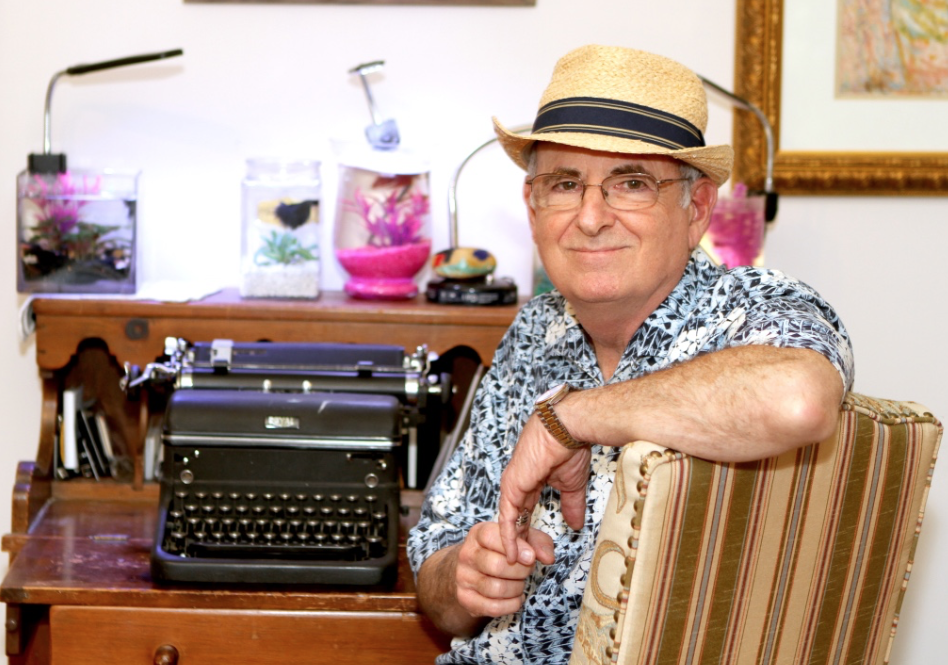Coral Springs, Florida, and Brooklyn have something in common

Twice now, I believe, the Eagle has run stories on what I’ll call “the plastic parks.” There was a time when plastic was new, different, and interesting. I remember when I traded in my iron GI Joe (would that I had kept him!) for the new plastic model that moved in ways Joe #1 couldn’t. The whole toy industry was revolutionized. In reality so was the whole world. It is one thing to know that Legos is a privately owned company; it is another to know that it will be centuries from now before the very first Lego decomposes into whatever. That whatever will not be good for whomever is alive then. It is disconcerting that my grandson has well over 10,000 Lego pieces! Plastic must be stopped; it is killing us.
With that opening, I’ve decided for once in a blue moon to make this space memorable in a different way. Read on.
Two towns, one near the bottom of the east coast, another about halfway up. One subtropical, one not close. One where a Florida Cracker twang can still be heard, the other, “Fuggedaboutit!” Yet they have in common a major problem not being addressed nearly fast enough: plastic.

Brooklyn Boro
View MoreNew York City’s most populous borough, Brooklyn, is home to nearly 2.6 million residents. If Brooklyn were an independent city it would be the fourth largest city in the United States. While Brooklyn has become the epitome of ‘cool and hip’ in recent years, for those that were born here, raised families here and improved communities over the years, Brooklyn has never been ‘uncool’.